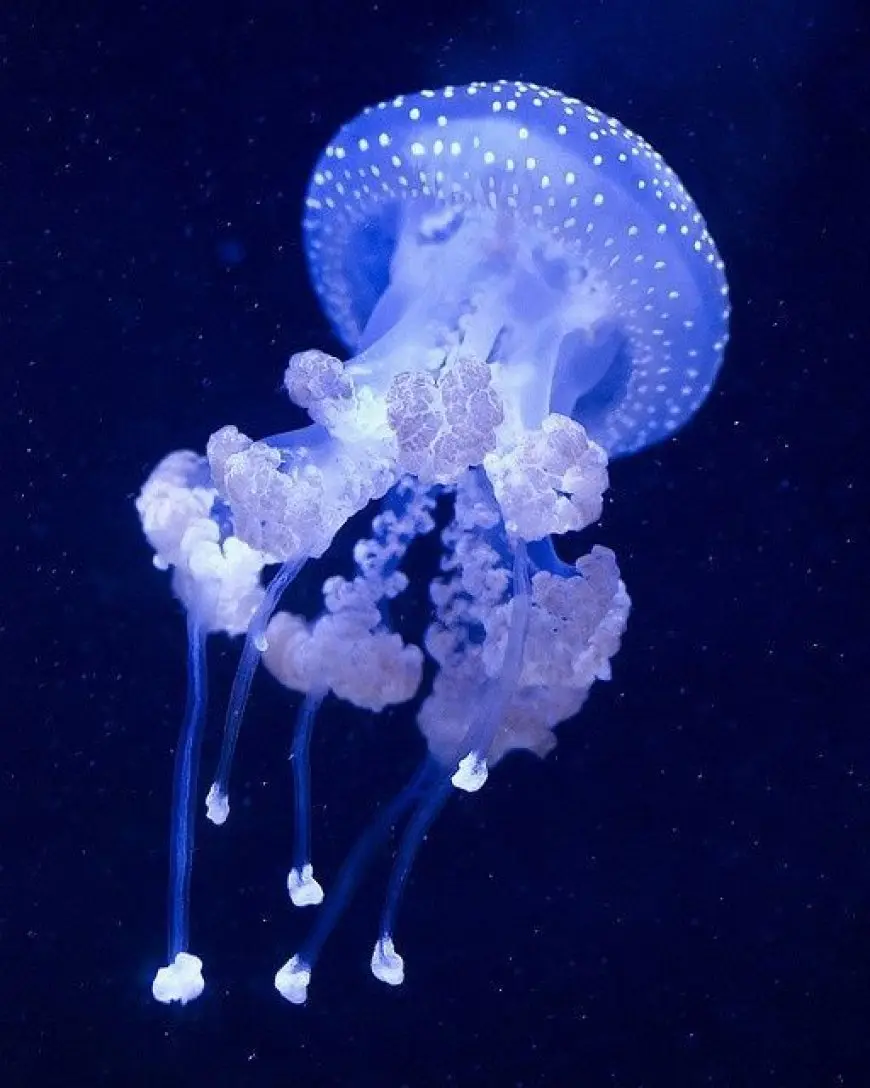The Unique Biology of Deep-Sea Creatures
The Unique Biology of Deep-Sea Creatures

The deep sea is one of the most mysterious and least explored environments on Earth. Located at depths greater than five hundred meters below the ocean surface, it is a place of extreme pressure, total darkness, and frigid temperatures. Despite these harsh conditions, a remarkable array of creatures have evolved to thrive in this alien world. These deep-sea organisms exhibit unique biological features that help them survive and adapt to their extreme environment.
Adaptations to Extreme Pressure
At the great depths of the ocean, the pressure is intense—more than a thousand times the pressure at sea level. Deep-sea creatures have adapted in extraordinary ways to survive this crushing force. Many of them have flexible, soft bodies that can withstand pressure without being crushed. For instance, the structure of their cells and tissues has evolved to be more resilient, with specialized proteins that prevent them from collapsing under immense pressure.
Some deep-sea organisms, such as certain fish and cephalopods, possess gelatinous bodies, which are highly flexible and allow them to compress or expand depending on the pressure around them. These adaptations are crucial for survival in an environment where the physical forces are far greater than those on land or in shallower waters.
Bioluminescence: Nature's Glow
One of the most fascinating features of deep-sea creatures is their ability to produce light through a process called bioluminescence. This biological phenomenon involves the production of light by living organisms, which is caused by chemical reactions occurring in specialized cells called photocytes.
Bioluminescence serves many purposes in the deep sea, where sunlight cannot reach. Some species use it to attract prey, while others use it to camouflage themselves from predators. Certain fish even have specialized light organs to help them communicate with each other in the dark abyss. This glow can be a dazzling display of color, from blue and green to red, depending on the type of creature and its needs.
Thermal and Energy Adaptations
The temperatures in the deep sea hover just above freezing, creating a challenging environment for most life forms. However, deep-sea creatures have adapted to these cold conditions with specialized enzymes that allow their bodies to function efficiently at low temperatures.
Many deep-sea organisms also survive on the limited food sources available. Since sunlight cannot reach the depths, photosynthesis is not possible, so these creatures often rely on food falling from the surface, such as plankton or dead organic matter. Some creatures, like certain species of shrimp, can even harness energy from the heat emitted by underwater volcanic vents, creating ecosystems around these "black smokers."
Special Sensory Systems
Living in complete darkness means that deep-sea creatures rely heavily on their other senses, especially those that can detect movement and chemicals in the water. Many deep-sea organisms have highly developed lateral lines, which are sensory organs that can detect vibrations and pressure changes in the water. This helps them sense prey, predators, and even mates in the complete darkness of the deep ocean.
In addition, some species have evolved highly sensitive eyes capable of detecting minute amounts of light, allowing them to make the most of the faint glow provided by bioluminescent organisms or other faint light sources.
Unique Reproductive Strategies
Reproduction in the deep sea comes with its own set of challenges, such as the scarcity of mates and the vast distances between individuals. To overcome this, some deep-sea species have developed unique reproductive strategies. For example, certain deep-sea anglerfish species exhibit sexual dimorphism, where males are much smaller than females. The male anglerfish will attach himself to the female, effectively becoming a permanent mate and providing sperm on demand.
Other species, like the giant squid, release large quantities of eggs and sperm into the water, relying on the chance meeting of these particles to fertilize eggs. This strategy maximizes the likelihood of reproduction despite the low population density in these vast underwater regions.
The deep sea is an extreme and alien environment, yet it is teeming with life that has adapted in remarkable ways to survive the challenges of pressure, darkness, and cold. From bioluminescence to unique reproductive strategies, deep-sea creatures demonstrate the incredible diversity of life on Earth. Their survival mechanisms continue to inspire scientists and offer insight into the resilience of life in extreme conditions.







